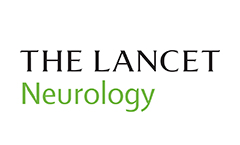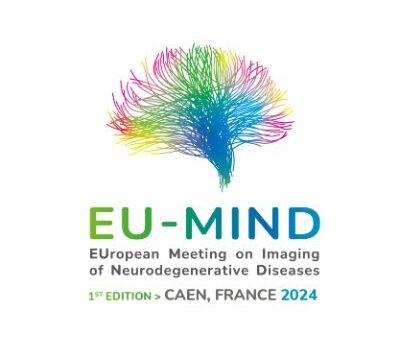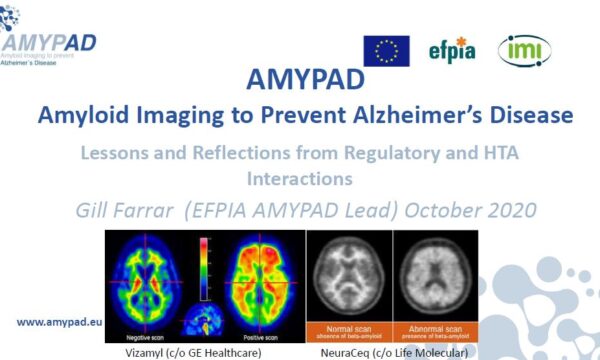We are pleased to announce a significant milestone for the AMYPAD project as the European Medicines Agency (EMA) has issued a draft Biomarker Qualification Opinion (BQO) for the use of the Centiloid quantitative methodology in clinical settings. This achievement underscores the team’s dedication to advancing Alzheimer’s disease research and diagnostic capabilities.
The Centiloid method enables direct quantitative comparison of amyloid-PET scans acquired with different amyloid tracers. The AMYPAD Centiloid working group worked intensively on the implementation of (Centiloid) quantification into the clinical routine, to not only support visual assessment of challenging cases, but also prepare the field for a potential necessity which could arise from the possible approval of disease-modifying therapies in the near future. The team’s efforts have been comprehensive, delving into the robustness of the Centiloid quantification method, its feasibility in detecting early Aβ pathology, and its ability to monitor changes over time. These findings have been consolidated into a Biomarker Qualification Opinion document, submitted to the EMA in September 2022 with the following context statement “Use of the Centiloid Quantitative Methodology for measuring brain amyloid”. After a first round of reviews, the team defended their work and received a positive assessment from the EMA. The document is now available for public review on the EMA website. The deadline for comments is set to 18 April 2024.
The EMA’s Committee for Medicinal Products for Human Use (CHMP) considers the Centiloid Unit for the measurement of brain amyloid level as a validated measure of global amyloid load in the brain for enrichment in clinical trials, if properly used with quality control procedures. The advantage would be potential use of different PET tracers and scanning and analysis procedures (scanning pipelines) in cross sectional settings, as non-normalised raw data for different available tracers are not comparable.
The primary sources of data presented in this BQO is amyloid measures from the two AMYPAD studies, the Diagnostic and Patient Management study (DPMS) and the Prognostic Natural History Study (PNHS). Additionally, work has been performed by members of the AMYPAD consortium on other cohorts (e.g. ALFA+, ABIDE, IDEAS). There has also been a large body of data published in the literature and/or presented at recent conferences and this is also considered in the application.
This marks an incredible achievement for the AMYPAD team. This endorsement validates the reliability and applicability of the Centiloid method in clinical settings, which is key considering developments in clinical trials and the expected arrival of disease modifying therapies.
Massive thanks to Gill Farrar for leading this work and all members of the AMYPAD Centiloid working group, specially JuanDo Gispert and Mahnaz Shekari. Thanks as well to SYNAPSE Research Management Partners for the submission process.
You can find the draft document on the EMA website here.



